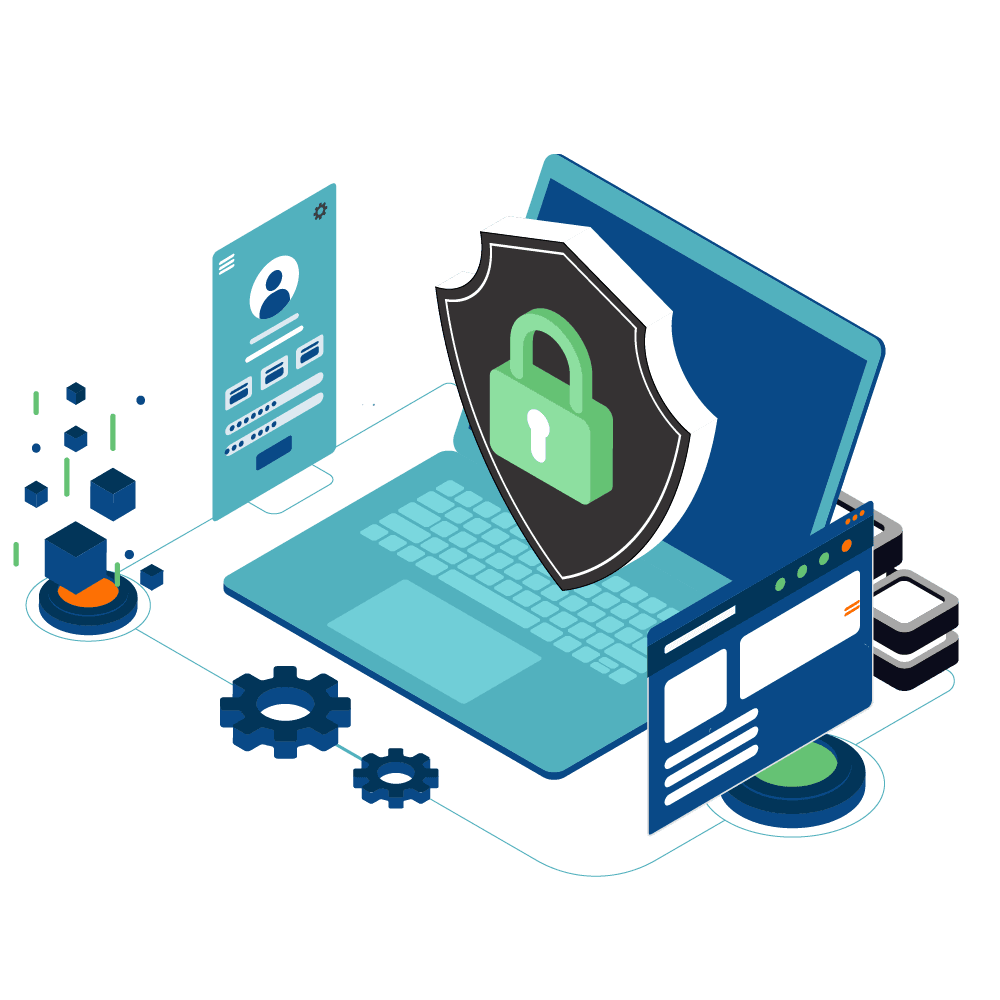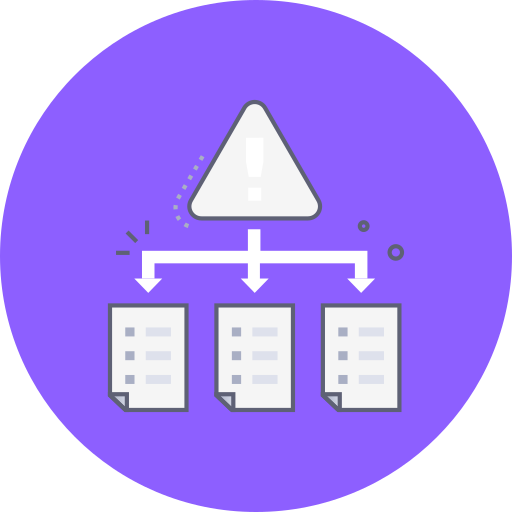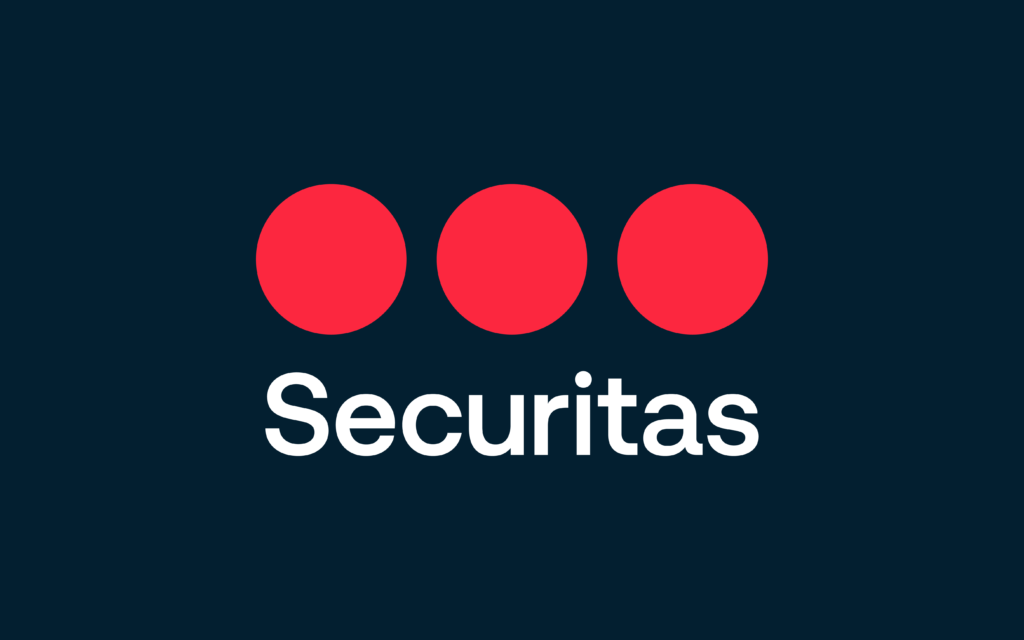Introduction
On 28 April 2022, the Indian Computer Emergency Response Team (CERT-IN), Issued fresh directions mandating that all cybersecurity incidents (refer to annexure I) compliances in relation to cybersecurity incidents need to be reported to the CERT-IN within six hours from incident identification/notification. Given this stringent timeline, it is imperative for organisations to re-assess their internal cybersecurity controls and capabilities and ensure that robust measures are put in place to meet these directives.
This directive was a welcome move, as prior to this, organisations faced several visibility issues and cybersecurity incidents that remained un-or-under reported. There was broken or no analysis of cybersecurity incidents and missing links in the investigation. This new directive will help organisations strengthen their cybersecurity posture.
Additionally, this directive from CERT-IN will help in improving security posture of national critical infrastructure, prevent reputational losses occurring due to cyberattacks, and prevent any disruptions in the services.

CERT-IN Directives
- According to the CERT-IN directives, organisations
need to adhere to the following:
- Enable logs of all their Information and Communication Technologies (ICT) systems.
- Retain logs for 180 days.
- Report to CERT-IN within six hours of any qualified cybersecurity incidents.
- Report incidents in the specified format.
- Synchronise time with National Informatics Centre’s Network Time Protocol.
- Define a SPOC for this activity and share their credentials with CERT-IN.
- Virtual Private Network Service (VPN service) providers maintain accurate information, such as name of the subscriber and IP address for five years.

- These directives will have implications on
organisations, some of which have been outlined
below:
- All enterprise assets such as IT, OT, IoT, IIoT come under CERT-IN’s purview. Enterprises will need to re-look at the cybersecurity posture at their factories, manufacturing plants, and IT workloads.
- Enterprises should embrace Security Operation Center (SOC) solutions and other applicable from trusted Managed Security Service Providers (MSSPs).
- Enterprises will need to work on the visibility of their critical incidents.
- A structured approach towards all incidents, their remediation, response and reporting to CERT-IN is the need of the hour.
- Implementation of log forwarding to logger/Security Information and Event Management (SIEM) can be an efficient solution.
Key highlights of the CERT-IN directives
The CERT-IN directive is all set to become a law from 27 June 2022. This new direction, released jointly by MeitY and CERT-IN, falls under Sub-section (6) of Section 70B of the Information Technology Act, 2000 and mandates the following:

Applicability
All organisations that come under the purview of the IT Act, 2000 will be a part of this directive. The directive will include all service providers, intermediaries, data centres, body corporate and government organisations, Virtual Private Server (VPS) providers, cloud service providers and Virtual Private Network Service (VPN Service) providers.

Types of incidents to be reported
There are 20 types of incidents that need to be reported (Refer to annexure-I for more details), including port or vulnerability scan reconnaissance incidents, as well as serious incidents such as phishing, malware, and Distributed Denial of Service (DDoS).

Timelines and how to report
Timelines: All incidents need to be reported to CERT-IN within six hours from the occurrence of the incident or of the incident being brought to the respective SPOC’s notice.
How to report?
Incidents can be reported to CERT-IN via email (incident@cert-in.org.in), Phone (1800-11-4949) and Fax (1800-11-6969).

System time synchronisation
Organisations must connect to the Network Time Protocol (NTP) Server of the National Informatics Centre (NIC) or National Physical Laboratory (NPL), or with NTP servers traceable to these NTP servers, for synchronisation of all their ICT systems’ clocks.
National Informatics Center(NIC): Samay1.nic.in, samay2.nic.in
National Physical Laboratory: time.nplindia.org

Setting- single point of contact (SPOC)
A single point of contact (SPOC) needs to be designated to liaison with CERT-IN. The details of the SPOC need to be sent to CERT-IN in the format specified in annexure II and need to be updated from time to time. All communications from CERT-IN shall be sent to the said SPOC.
Recommendations to comply with CERT-IN’s directive
The CERT-IN directive is all set to become a law from 27 June 2022. This new direction, released jointly by Several steps an organisation could take to comply with CERT-IN’s directive include the following:
Extractive
CERT-IN’s directive is in the interest of our country’s national security, as with India’s growing economy, there is a greater demand for organisations to be cyber ready, to protect its people, infrastructure, and data.
Annexure I - Incidents that need to be reported
- Compromise of critical systems/information
- Targeted scanning/probing of critical networks/systems
- Unauthorised access of IT systems/data.
- Defacement of website or intrusion into a website and unauthorised changes such as inserting malicious code, links to external websites etc.
- Malicious code attacks such as spreading of virus/worm/Trojan/Bots/Spyware/ Ransomware/Cryptominers
- Attack on servers such as database, mail and DNS and network devices such as routers
- Identity theft, spoofing and phishing attacks
- Denial of Service (DoS) and Distributed Denial of Service (DDoS) attacks
- Attacks on critical infrastructure, operational technology systems and wireless networks
- Attacks on applications.
- Data breaches
- Data leaks
- Attacks on Internet of Things (IoT) devices and associated systems, networks, software, and servers
- Attacks or incidents affecting digital payment systems
- Attacks through malicious mobile apps
- Fake mobile apps
- Unauthorised access to social media accounts
- Attacks or malicious/suspicious activities affecting cloud computing systems/servers/software/applications
- Attacks or malicious/suspicious activities affecting systems/servers/networks/ software/applications related to Big Data, blockchain, virtual assets, virtual asset exchanges, custodian wallets, robotics, 3D and 4D printing, additive manufacturing.
- Attacks or malicious/suspicious activities affecting systems/servers/software/ applications related to AI and ML
Annexure II - Point of contact information
Format for providing Point of Contact (PoC) information by service providers, intermediaries, data centers, body corporate and government organisations to CERT-IN
- Name
- Designation
- Organisation name
- Office address
- Email ID
- Mobile number
- Office phone
- Office fax
Annexure III - Details to be maintained service providers and KYC requirement
- Following accurate information must be
maintained for 5 years or longer:
- Validated names of subscribers/customers hiring the services
- Period of hire including dates
- IPs allotted to/being used by the members
- Email address and IP address and time stamp used at the time of registration/ on-boarding
- Purpose for hiring services
- Validated address and contact numbers
- Ownership pattern of the subscribers/ customers hiring services
- Documents needed for KYC:
- The passport,
- The driving license,
- Proof of possession of Aadhaar number,
- The Voter's Identity Card issued by the Election Commission of India,
- Job card issued by NREGA duly signed by an officer of the State Government and
- Letter issued by the National Population Register containing details of name and address.
- Validated phone number
- Bank account number and bank details
Annexure IV - Security information reporting template
- Summary of incident
- Validated names of subscribers/customers hiring the services
- When was the incident detected (provide date and time)?
- How was the incident detected?
- Which is affected by the incident, IPs or URLs?
- Details of the affected system or service (location, platform, details of security audit done)
- Details of incident investigation (if any)
- Details of mitigation action (if any)
- Details of impact
- Incident reporter (provide name, contact number, e-mail, and address)
- Details of Contact Person for the incident (provide name, contact number, e-mail, and address)
- Any other relevant information
